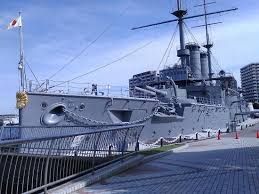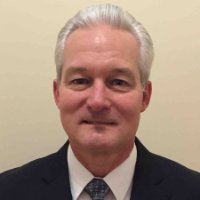
Mikasa Historic Warship
Image: tripadvisor.com
A retired rear admiral (RADM) for the United States Navy, David F. Baucom served for nearly 35 years in different capacities all over the world. For a time, David Baucom was stationed in Yokosuka, Japan.
The naval base in Yokosuka is located approximately 30 miles west of Tokyo, Japan’s capital. The base is situated on the east coast of the island of Honshu in the Kanto Plain region. As the largest, most strategically important naval base in the Pacific, Yokosuka is home to over 24,000 military and civilian personnel.
When visiting Yokosuka, travelers can visit several interesting destinations. These include:
– The Mikasa Historic Warship. The Mikasa was commissioned in response to the Russian threat of aggression at the turn of the 20th century and was used throughout the Russo-Japanese War. Restored during the 1950s, it serves as a symbol of the nation’s pride and a reminder of the Japanese people’s quest for freedom.
– The Yokosuka Museum of Art. Drawing tourists from across the country, the Yokosuka Museum of Art beautifully displays the evolution of Japanese Art throughout the modern era. The museum features a special exhibition gallery and the Taniuchi Rokuro Pavilion which showcases examples of the acclaimed artist’s post-war paintings. Guests also enjoy dining at the museum’s open terrace restaurant.
– Sarushima Island. Visitors who wish to spend a day at the beach can catch a ferry at the Mikasa Pier to travel to Sarushima, or Monkey Island. There, they can swim, sunbathe, and picnic while experiencing the island’s beautiful views. History buffs can also explore the ruins of a number of military installations located on the island.



You must be logged in to post a comment.